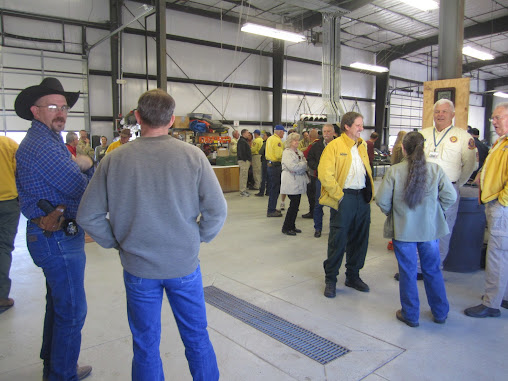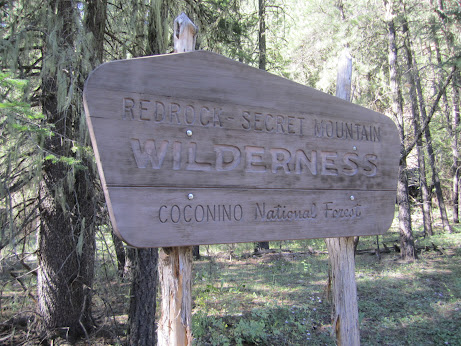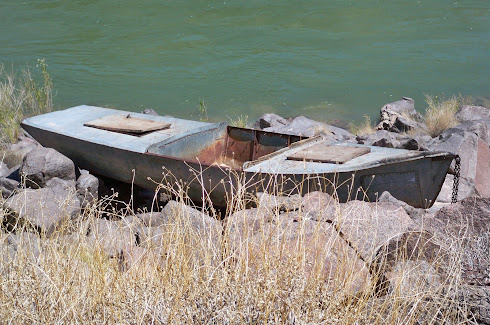 |
| Tank (Used with permission from D. Christian) |
|
Isn't he a beauty? This is Tank, a two-year-old bloodhound–Labrador retriever mix, owned and loved by his handler, Diane, who's been involved with search and rescue for many years. Diane is retired from law enforcement, where she worked with SAR and police detection dogs for explosives and tracking. She got her first tracking dog in 1992. Tank is her third hound.
Together, they recently passed the highest K-9 trailing certification in the country: NASAR SARTECH Canine Trailing I.
For information on the various NASAR Canine certifications and what those tests entail, see
NASAR Canine SAR or go directly to their PDF file on
Canine Certification Programs.
Tank, a rescue dog out of a shelter in Los Angeles, is actually a tracking canine with a trailing certification. This means that our team is now fortunate to have both a tracking/trailing dog and three cross-trained air-scent/human remains detection dogs to assist with our missions. All the dogs and their handlers train (which is like play time to the dogs) at least a few times each week to keep up their skills and their fitness.
For those who aren't familiar with the different types of SAR K9s and the way they work, here's a basic overview:
Tracking Dogs — This type of SAR dog works from a scent article that has the subject's odor on it, such as a piece of clothing or hat, a pillow case, a hair brush, and so forth. (It's best if the handler collect the scent article so it's done correctly and not contaminated with someone else's scent.) The dog picks up the specific human scent from that item and uses it to locate the path that person took. Tracking dogs generally work on a long lead, taking the handler to the subject by following the missing person's footsteps.
Trailing Dogs — Trailing dogs work in a manner that's very similar to tracking dogs. A scent article is carefully obtained in order to isolate the missing person's scent. The search dog then smells the scent article and uses that smell to find and follow the path the person took. With trailing dogs, though, the dog might veer off the missing person's actual track, cutting corners and using the wind to its advantage. Trailing dogs generally work on a 20- to 30-foot lead.
Air Scent Dogs — Unlike tracking and trailing dogs, air scent dogs work off-lead, ranging back and forth to pick up human scent. ANY human scent, that is, which is why it's important to test wind direction and, as much as possible, keep other people (i.e., searchers) downwind of the dog while its searching an area. Ranging often takes the air-scent dog out of the handler's sight for a time, so the handler must trust the dog and wait for an alert. Once the dog picks up human scent, they'll move in toward the source and then give an alert to the handler. That alert might be barking while staying with the source of the scent or might be done by returning to the handler and somehow conveying to that person, "Follow me!" The dog then leads the handler to the subject.
In general, air scent dogs are not scent-discriminating the way tracking/trailing dogs are, so scent articles are not used. Rather, the air scent dog will seek out any human scent and alert the handler. If the human who's located is not the subject, the handler will reward the dog for the find and then give the command to continue searching.
There are variations to the above, but those are the basics.
Here's another shot of Tank at work...
 |
| Photo used with permission by D. Christian |
In other Coconino County SAR news, these are missions our team has recently been involved with:
Climber Injured in Oak Creek Fall: A 43-year-old Flagstaff man fell about 40 feet while climbing near the Oak Creek Canyon overlook on Monday. A tourist saw the man fall and called 911. A technical rescue followed, with cooperation by crews from Coconino County Search & Rescue, the Sedona Fire Department, and the Highlands Fire Department.
Crews Search Oak Creek for Missing Minnesota Man: 27-year-old Shaun Rentz of Minnesota was reported missing after he failed to meet with friends over the weekend and then didn't show up to move in with friends at their new home in the Twin Cities on Monday. His abandoned vehicle was then located near Flagstaff, Arizona, at the Oak Creek Canyon Overlook parking area, later that same day. Here's another article with additional information and a photo of Shaun:
Car of Missing Twin Cities Man Found in Arizona.
Any questions about these or other SAR missions in Coconino County should be directed to the Coconino County Sheriff's Office.












































